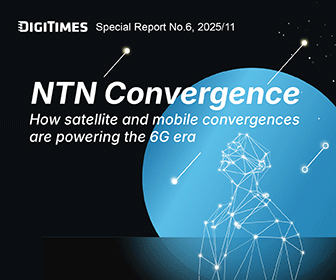Following the release of the new national aerospace policy by the United States in 2003, which signified NASA's gradual withdrawal from low Earth orbit (LEO) activities in favor of a deeper focus on aerospace science research and deep space exploration, the space industry has entered a new era marked by heightened participation and innovation from private companies. However, this transition to space commercialization was just the beginning. Even a global satellite operator giant like SpaceX, founded in 2002, only gained widespread recognition in recent years. The key to accelerating space commercialization lies in advancing rocket technology and the capacity to mass-produce satellites using modular and contract manufacturing approaches.
According to data from the Space Foundation in 2019, over the past decade, global space market revenue, including government and commercial sectors, increased by a remarkable 73%. In 2019 alone, it grew by more than US$9 billion compared to the previous year, reaching a total of US$423.8 billion. Commercial aerospace revenue accounted for a substantial 80% of the global space economy, amounting to US$336.89 billion. Besides the revenue growth, space commercialization has delivered significant societal benefits, strengthening the industry. For instance, out of the US$336.89 billion in space revenue, US$217.72 billion came from space products and services, while US$119.17 billion was attributed to aerospace infrastructure and related sectors, marking a 16.1% increase from 2018. This demonstrates an unprecedented level of private sector involvement in the new era of space.
In fact, even SpaceX faced bankruptcy early in its entrepreneurial journey due to three consecutive rocket launch failures. However, it has since evolved into a leading player in the industry, not only taking on outsourced orbital missions from NASA but also achieving success through its robust rocket launch technology.
Analysts believe that SpaceX's ability to reuse rockets has significantly boosted its profit margins, making it the most cost-effective launch service provider in the market. SpaceX leads in terms of the number of launches, meeting the high demand for its Starlink missions and assisting numerous satellite launch services worldwide. For example, Foxconn plans to use SpaceX rockets for launching LEO satellites.
Furthermore, in recent years, there has been a shift in satellite technology from large, high-cost geostationary satellites to smaller, more cost-effective satellites in LEO. This has lowered barriers to entry for the information and communications manufacturing industry, resulting in reduced overall satellite production costs. Additionally, the modular design of LEO satellites enables the use of standardized components and cost-effective outsourcing, leading to significant reductions in satellite manufacturing costs.
In the current era dominated by LEO satellites, despite the need for a greater number of satellites to achieve global coverage, the affordability and shorter production cycle of these satellites have stimulated the growth of the overall satellite supply chain. Together with advanced and cost-effective rocket launch technology, space commercialization has entered an accelerated phase. Not only SpaceX but also companies like OneWeb, Amazon, and players in the satellite manufacturing and ground equipment manufacturing industries are contributing to making the new space era a vibrant landscape characterized by increased participation from private enterprises.




